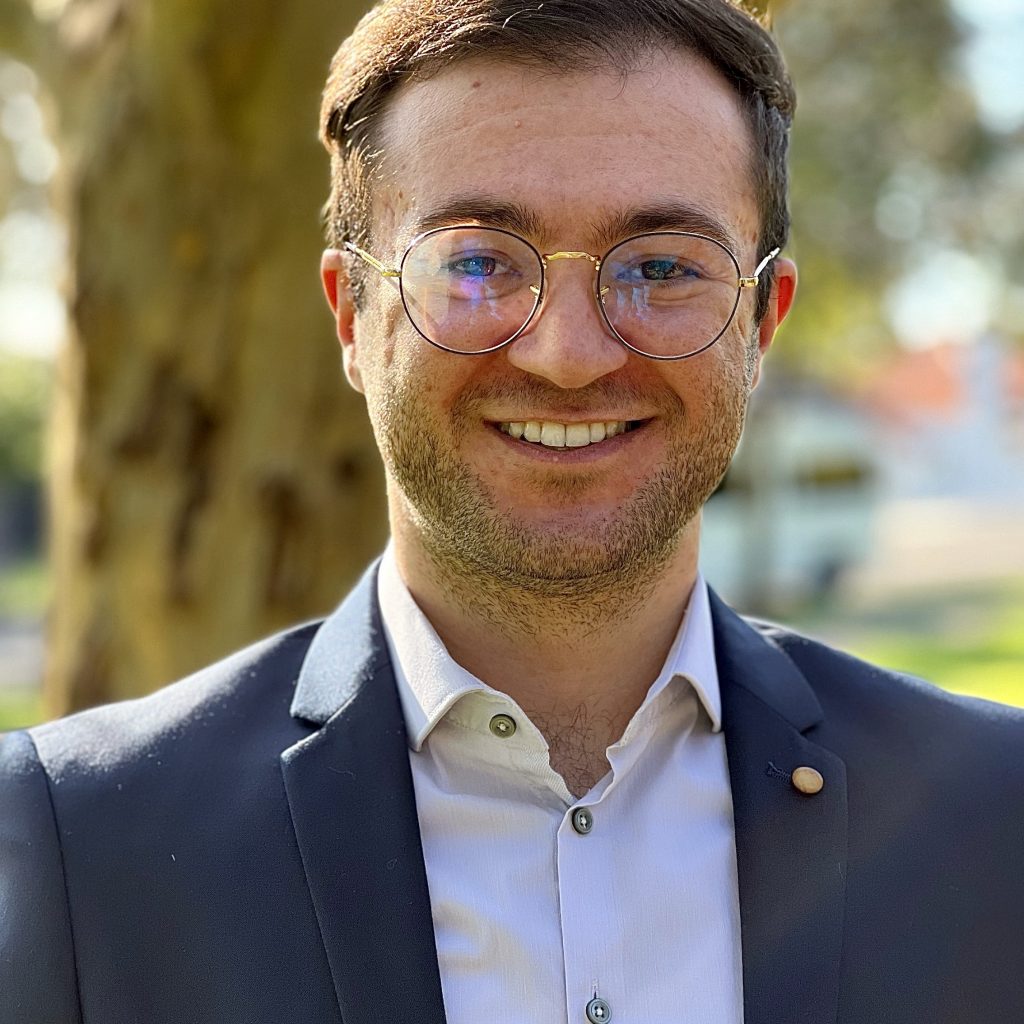Abstract
In my report, stochastic optimal control and robust filtering were examined under the theory of rough paths. Methods were introduced for handling path-wise optimal control problems where the “control process” appears in the noise term – the rough path – and an application was given to path-wise stochastic filtering. The robust filtering problem was transformed into a path-wise optimal control problem and a solution was shown to exist. Lastly, research questions were put forward to investigate certain results and properties relating to optimal control and robust filtering which are of significant interest.
Stochastic Optimal Control
By stochastic, we mean that there is an underlying element of randomness. By optimal control, we mean finding a way of maximizing or minimizing an objective via some strategy; that is, the control tells us how to attain the maximum or minimum. The simplest and most intuitive example is that of a trader wishing to maximize his/her wealth over a certain time horizon by trading an asset. The objective in this sense is the trader’s wealth and the control is the trading strategy. Thus, the trader can maximize his/her expected wealth and find the optimal trading strategy simultaneously through the optimal control theory.
Stochastic Filtering
Stochastic filtering, on the other hand, is concerned with making inferences about the state of a system given noisy observations of this system. To put this into perspective, suppose that somebody wishes to determine the initial velocity of a ball that has been kicked (ignoring air resistance and ground friction) but the only tools this person has at their disposal is a tape measure, a stopwatch, and a notebook. To determine the initial velocity, the person can measure the distance the ball has travelled at several points in time, note them down, and then run them through a “filtering” procedure to remove the noise (measurement error) in his/her measurements, thus obtaining a good estimate.
Rough Path Theory
Rough path theory comes into play when we fix random states and consider optimal control and filtering under these fixed random states. Certain modifications need to be made to account for degeneracy issues, however. For example, if a trader naively applies optimal control under rough paths and seeks to maximize his/her expected wealth through an optimal trading strategy, then the trader is able to make an infinite profit. This arises from the trader being able to see infinitesimally small price movements in the model. This is a peculiarity of stochastic analysis and is clearly not possible in the real world. Moreover, this is rectified through cost functions which penalize unrealistic controls, or unrealistic trading strategies in this example.
Conclusion
A lot of work remains to be done on the pure and applied side of reinterpreting current optimal control and filtering theory under rough paths. The research questions put forward at the end of the paper have yet to be answered and new theory is yet to be discovered. Mathematicians and applied statisticians in these fields will find that there is no shortage of research questions, yielding a fruitful topic for further investigation.
Jonathan Mavroforas
University of Technology Sydney

